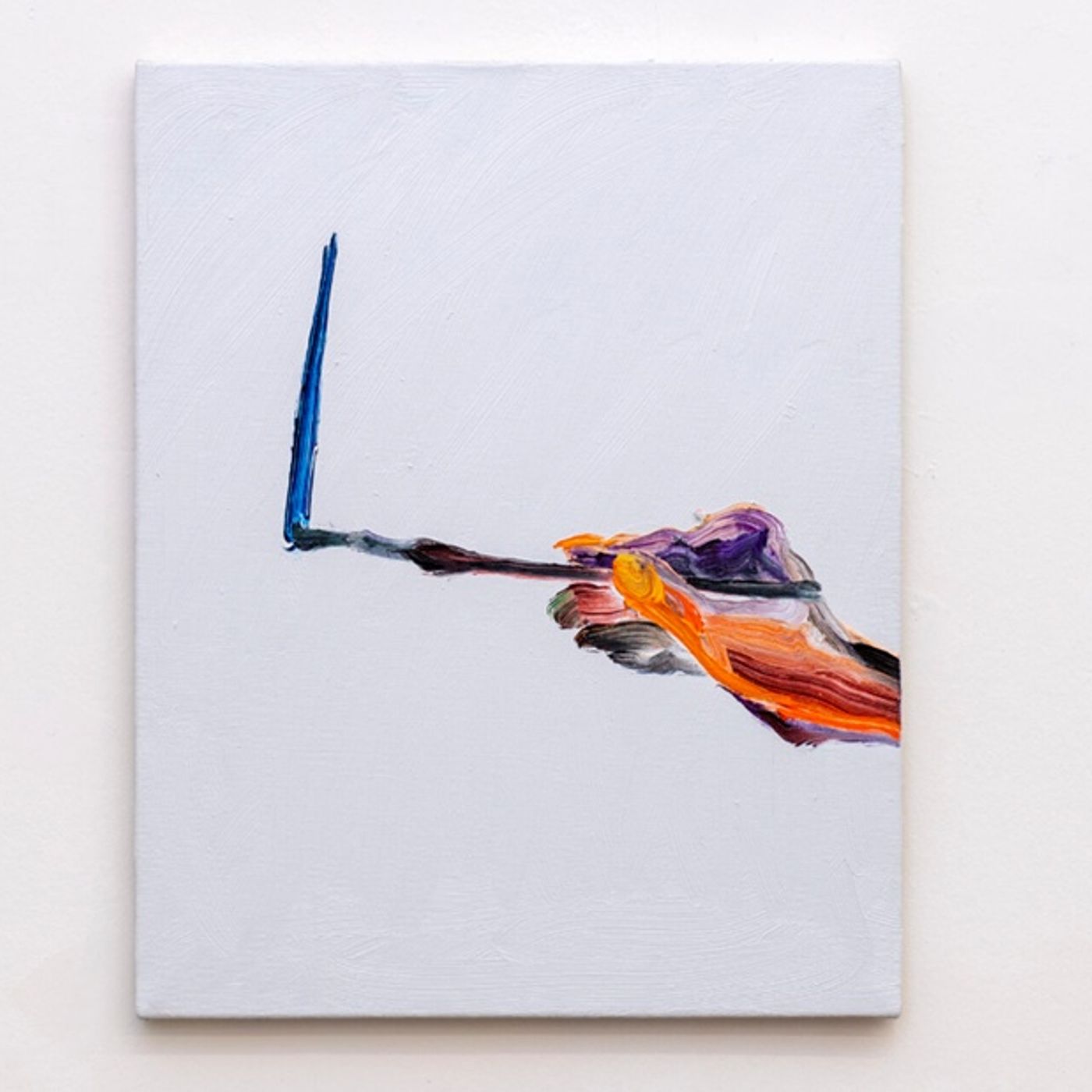Museo delle Genti d'Abruzzo
- Author
- eArs
- Published
- Wed 25 Jun 2025
- Episode Link
- https://www.spreaker.com/episode/museo-delle-genti-d-abruzzo--66746571
Once the Bourbon Penal Baths, that is, the prison cells of Pescara’s fortress, this site has long borne witness to the development of contemporary art.
In the 1970s, they housed the galleries of Mario Pieroni and Lucrezia De Domizio Durini, and are now occupied by the Museo delle Genti d’Abruzzo.Inside this ethnographic museum, Matteo Fato’s work engages with the themes of the permanent exhibition, which is dedicated to the cultural and material history of the Abruzzo region. A resonance, both thematic and visual, is thereby created between the artist’s works and the objects in the museum’s collection.As part of his artistic and spatial intervention, the walls of the exhibition rooms have been painted blue as a tribute to Pescara-born writer Ennio Flaiano and his Autobiografia del Blu di Prussia, a metaphorical “Autobiography of Prussian Blue”:“If, in a painting, the artist’s foul moods, murky melancholies, mistakes, and wild ambitions condense and are expressed, you can be sure that, at that point, you’ll find my shadow, the shadow of Blue.”
Simone Ciglia: Here we are in another of Pescara’s main museums—the Museo delle Genti d’Abruzzo. It tells a long story, tracing the presence of humankind in this territory. It also tells a shorter, more recent one linked to the development of contemporary art in Pescara, especially through the Pieroni and De Domizio galleries. In this context, we tried to create a kind of resonance between the museum’s themes and your work. We looked for both references that might feel more immediate—like the use of certain materials, such as ceramics—and others that relate to specific subjects, like Saint Michael or other sacred figures.
Matteo Fato: This place is overflowing—with history, with objects, with thought… Above all, it’s overflowing with history told through objects. So what did we do? We chose to approach this space by trying to find the most natural way for things to connect. For instance, there’s an engraving connected to an old sheep-shearing tool. Then there are the ceramics. And in the tapestry room, too, there’s something that creates a connection.
But how do you step into a place like this and still respect its essence? After all, when an artist brings their own work into a museum like this, they’re inevitably introducing a new narrative, right? And what I don’t want is for the works to impose themselves over the narrative that already exists. So the goal is to enter in a natural way. It’s a bit like a transhumance—it must follow a natural path.
